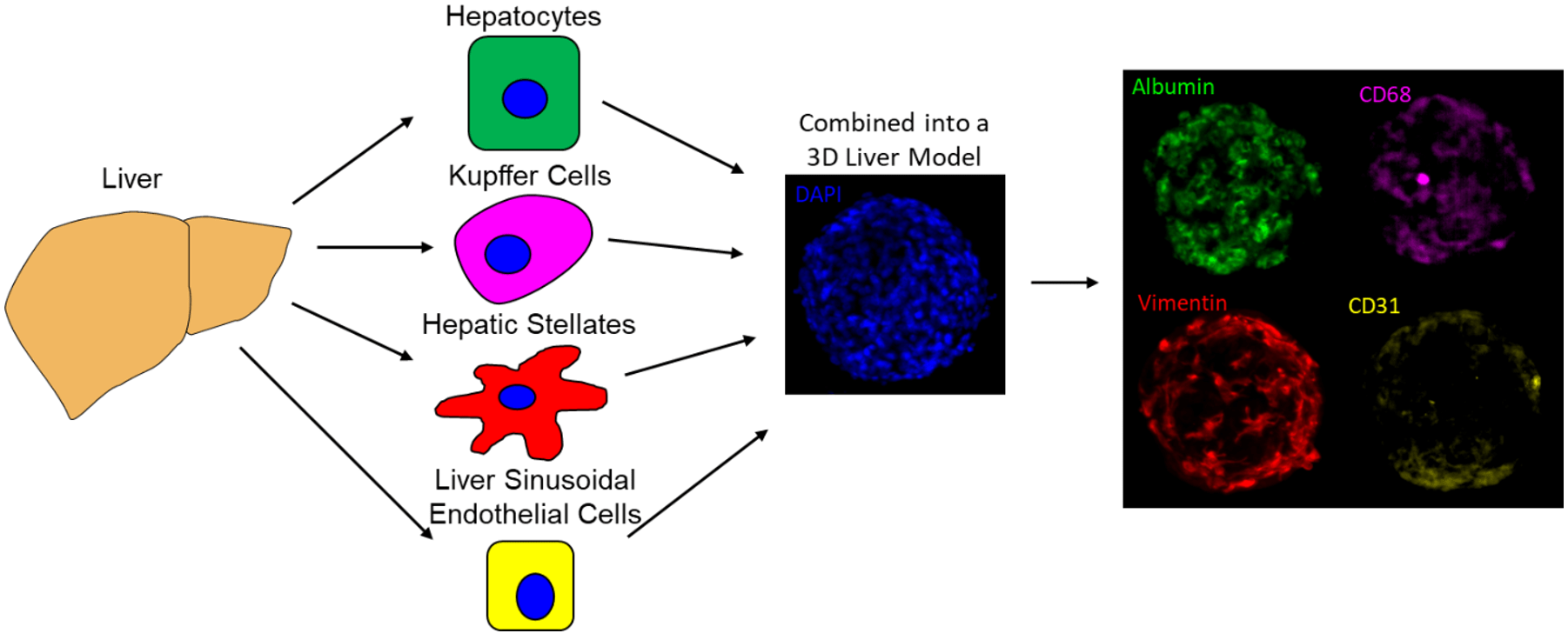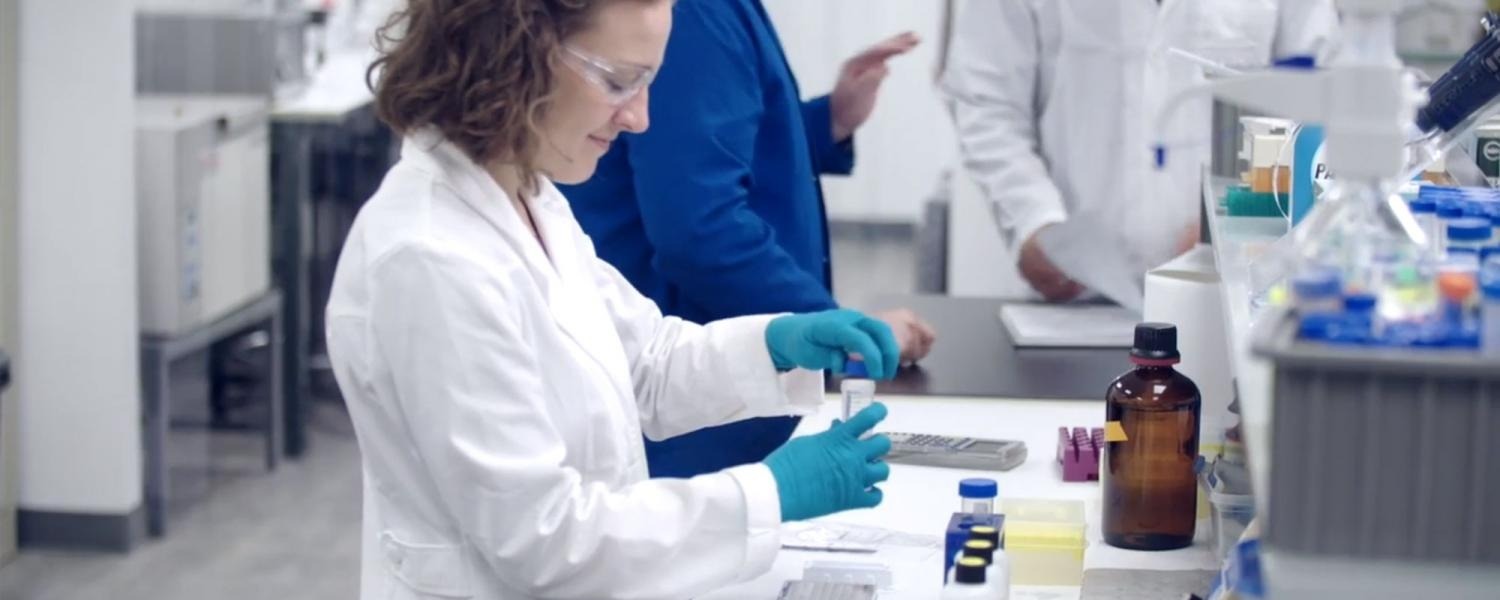Since its inception, Visikol has worked diligently to develop assays, in both 2D and 3D modalities, to explore complex cell processes and disease states. A key area of interest here at Visikol is in nonalocholic fatty liver disease (NAFLD) and more specifically the inflammatory liver disease, nonalcoholic steatohepatitis, or NASH.
NAFLD affects 30-40% of adults in the United States and is characterized by the accumulation of fats within the liver. NASH is a progression of NAFLD, involving inflammation, cellular injury and eventually deposition of fibrotic tissue within the liver. Continued inflammation and cell injury can lead to large-scale replacement of healthy tissue with non-functional scar tissue, eventually giving rise to cirrhosis and possibly hepatocellular carcinoma.
How does this progression occur and how can we model it? Both NAFLD and NASH are considered to be reversible conditions, but once too much fibrotic tissue is deposited, and cell death occurs there is no going back. This is why targeting NAFLD, and NASH especially, is important. These are strategic stages that could lead to pausing or reversal of the disease state, meaning fewer people developing cirrhosis and fewer liver transplants would be needed overall. Currently there are few cell culture models capable of imitating the in vitro liver. A key factor in modeling NASH is understanding the interplay between various cell types and working to accurately mimic this in an in vitro model.

Typically, the interaction between hepatocytes and hepatic stellate cells are considered to be key to understanding NASH, however other cell types also play a role in liver inflammation and fibrosis. These other cells include liver sinusoidal endothelial cells (LSECs), Kupffer cells, macrophages, and other immune related cell types, which react to stimuli within the liver releasing factors that can lead to stellate cell activation. Continued stimulation of these cell types directly leads to inflammation within the liver and indirectly to deposition of collagen through the activated stellate cells. The interactions between the cell types within the liver is complex and utilizing models that incorporate both hepatocytes and non-parenchymal cell (NPC) types can aid in our understanding of their interactions, which could lead to novel treatments for liver diseases, such as NASH.
Visikol has several liver 3D cell culture models that combine various liver subtypes to facilitate our Clients’ needs and interests. For example, our HepaRG™ NP 3D liver model contains both hepatocytes and a mixture of primary non-parenchymal cells (hepatic stellate cells, LSECs, Kupffer cells, etc.) which allows us to effectively model NASH/NAFLD. Using our 3D liver models in conjunction with imaging and image analysis we can examine lipid deposition, collagen deposition, hepatic stellate cell activation, etc. If you are interested in studying NASH, or are interested in anything else we offer, please reach out to us! Visikol is always excited to work together with Clients to develop assays that best suit their needs.

